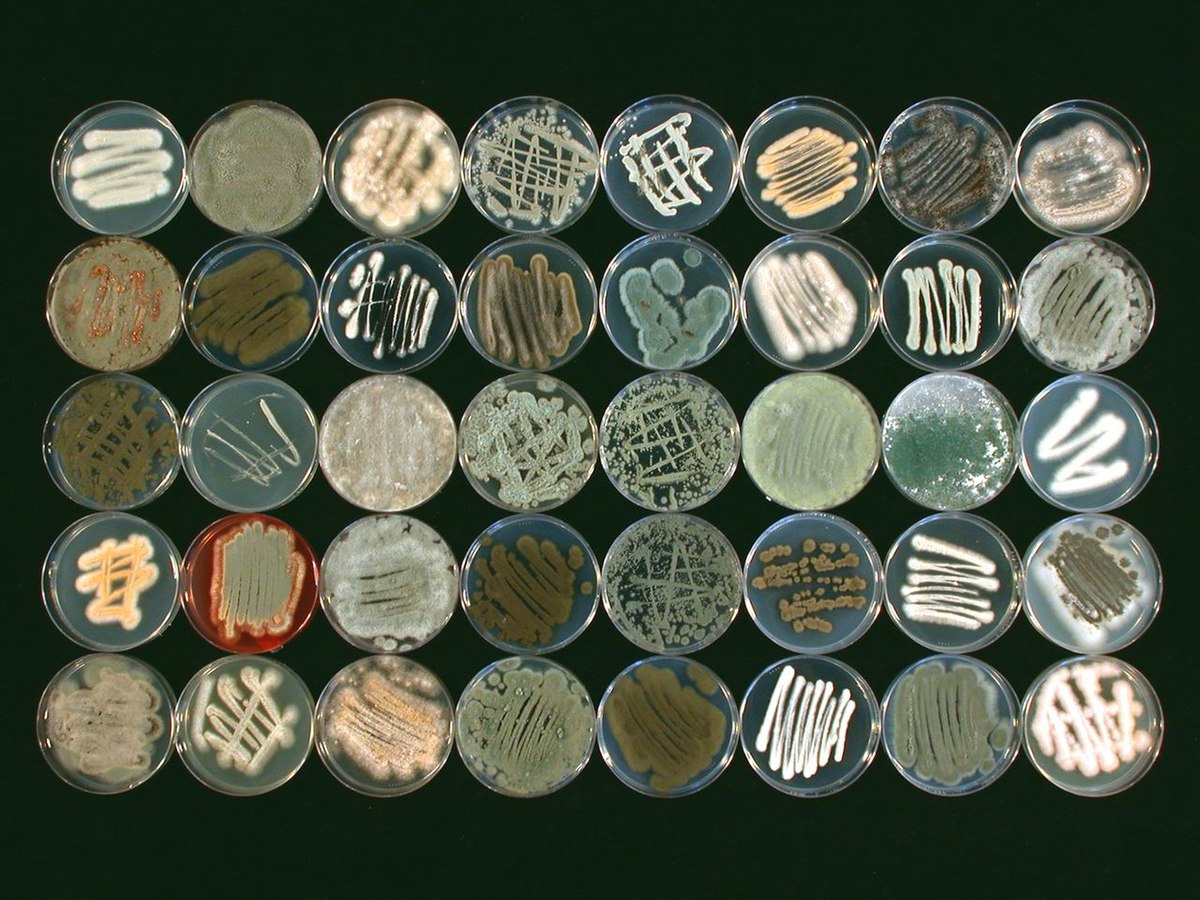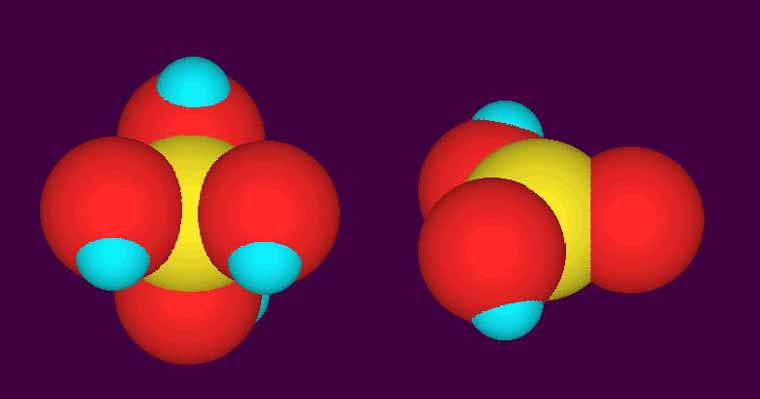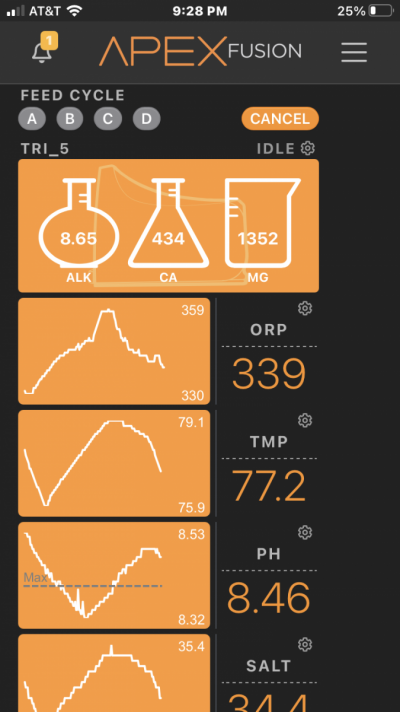Randy Holmes-Farley
Reef Chemist
View Badges
Staff member
Super Moderator
Excellence Award
Expert Contributor
Article Contributor
R2R Research
My Tank Thread
- Joined
- Sep 5, 2014
- Messages
- 67,349
- Reaction score
- 63,690
Speaking of which, I've been wondering to what extent fungi play a role in a reef environment. Let me know if you guys have any references.
I'd start here on marine fungi:





















